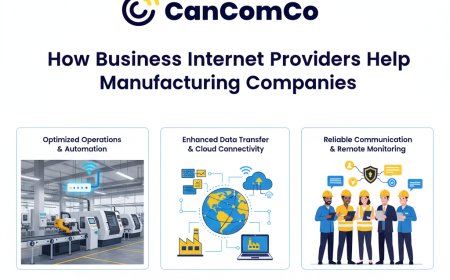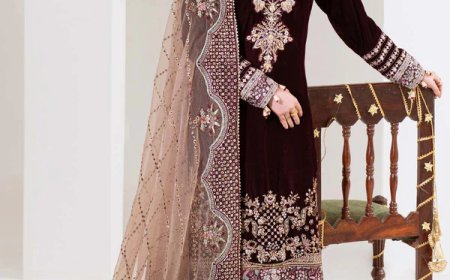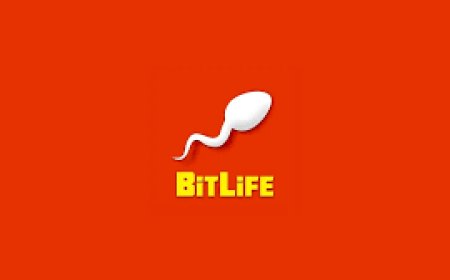How to Price Your DTF Printed Products Profitably
Learn how to price DTF printed products for profit by calculating material costs, labor, overhead, and market value while staying competitive and sustainable.

Look, I'm just gonna be straight with you. Pricing your DTF stuff is probably one of the most annoying parts of running this kind of business. You've got the tech down, your prints look amazing, but then someone asks "how much?" and you freeze up like a deer in headlights. Especially when you're working with gang sheet heat transfer orders—because suddenly you're factoring in film space, design placement, and how to charge without undercutting yourself.
Been there. Done that. Got the anxiety to prove it.
The thing is, most people either charge way too little (because they're scared to lose customers) or they pull a number out of thin air and hope it sticks. Neither approach works long-term. You'll either work yourself into the ground or wonder why nobody's buying.
Figure Out What Everything Actually Costs
This sounds basic, but you'd be shocked how many folks skip this step. Sit down with a calculator—yeah, I know, super fun—and list out EVERYTHING you spend. The DTF film rolls, that fancy powder you use, ink cartridges that seem to empty themselves overnight, electricity bills that make you wince.
And don't forget the stuff that's easy to overlook. Those poly bags for packaging? Count 'em. Printer maintenance? Yep, that too. Even the gas you use driving to the post office adds up.
Oh, and here's something nobody talks about enough—equipment doesn't last forever. Your heat press will eventually give up the ghost, probably right before a huge order because that's how life works. Put a little aside from each sale for when that day comes.
Your Time Isn't Free (Stop Acting Like It Is)
Real talk: if you're not factoring in your labor, you're basically volunteering. Would you work for free at someone else's business? Didn't think so.
Track how long jobs actually take. Not how long you think they take—how long they REALLY take. From opening that design file to boxing up the finished product. Maybe it's 20 minutes. Maybe it's 45. Whatever it is, that's billable time.
What should you charge per hour? Well, what would you need to make this worth it? Minimum wage? Definitely not. You're running a whole business here. Think more like $25-40 an hour at minimum, depending on your skill level and market.
Gang Sheets Are Your Secret Weapon
Alright, here's where gang sheet heat transfer becomes your best friend. Instead of wasting material printing one tiny logo at a time, you can pack multiple designs onto one sheet. Smart, right?
This is basically free money if you play it right. You're using less film, less powder, less everything. Your cost per transfer drops significantly.
But listen—and this is crucial—don't go slashing your prices just because you found a way to work smarter. Keep some of that efficiency as profit. You earned it by being smart about your production process.
Spy on Your Competition (The Legal Way)
Check out what other DTF businesses are charging. Not to copy them exactly, but to get a reality check. If everyone's selling similar transfers for around $8-12, and you're planning to charge $30, you might want to rethink that. Unless you've got something genuinely special going on.
But here's the flip side—if everyone's charging $5 and barely staying afloat, you don't have to join that race to the bottom. Sometimes the market's just... wrong. People undervalue their work constantly in this industry.
The Profit Margin Thing
After you've added up costs and your time, now comes the markup. A lot of people do 2-3x their production cost as a starting point. So if that custom transfer costs you $4 all-in, you might sell it for $10-12.
Sounds like a lot? It's really not when you factor in the orders that get messed up, the customer who wants a refund, the random expenses that pop up. You need cushion. Running on razor-thin margins is stressful and unsustainable.
Bulk Orders Need Different Math
When someone wants 50 shirts instead of 5, give them a break on pricing. You're saving time bundling everything into one production run instead of managing ten separate orders.
Create tiers that make sense. Maybe 1-10 pieces at full price, 11-25 at 15% off, 26-50 at 25% off. Play with the numbers until it feels right for your business.
Shipping Costs Will Haunt You
Especially if you're doing custom dtf transfers canada wide, shipping gets expensive fast. Canada Post isn't exactly known for bargain rates, and this country's huge. Sending something from Ontario to BC costs real money.
Either build basic shipping into your prices or be super upfront about it before people hit checkout. Nothing kills a sale faster than someone getting to the payment screen and seeing surprise $20 shipping fees.
Nothing's Permanent, Adjust As You Go
Started at $10 per transfer and getting crickets? Maybe drop to $8 and see what happens. Drowning in orders but barely making rent? Raise those prices—good customers will stick around.
This isn't a one-and-done thing. You'll tinker with pricing probably forever. Market changes, your costs change, your skills improve. That's all normal. Anyone telling you there's one perfect price is lying.
Bottom Line
Pricing DTF products comes down to knowing your numbers, respecting your own time, and not being terrified to actually make money. Use efficiencies like gang sheet printing to boost margins, not just to compete on price alone.
You're providing value. Your prints help people create awesome stuff they couldn't make themselves. That's worth paying for properly. Charge accordingly and you'll actually have a business instead of an expensive hobby.






























